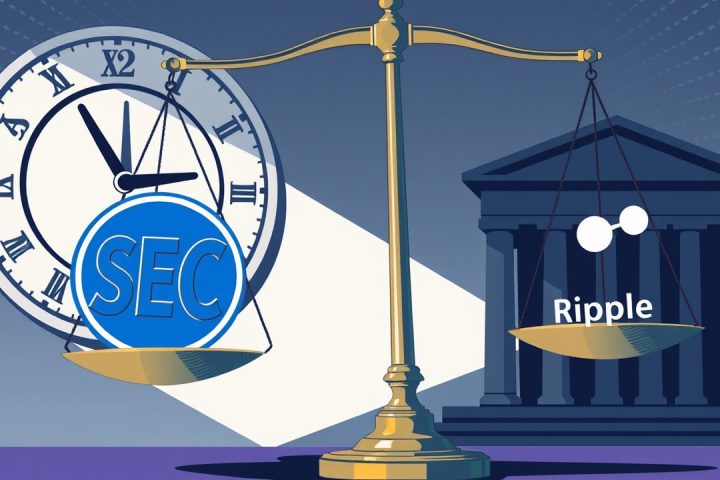Surge in Illicit Cryptocurrency Transfers
Recent findings by Elliptic, a blockchain analytics firm based in the UK, reveal that crosschain swaps have facilitated the transfer of at least $21.8 billion in illicit or high-risk cryptocurrency, a staggering rise from $7 billion just a year ago. This surge represents a dramatic 211% increase and highlights the evolving tactics used by criminals, with around 12% of these transactions attributed to North Korean actors.
Evolution of Money Laundering Techniques
Once primarily utilized by specialized traders and the decentralized finance (DeFi) community, crosschain swaps have now become integral in money laundering operations. Criminals have shifted from traditional methods such as mixers or single decentralized exchanges (DEXs) to utilizing multiple blockchains, thereby complicating efforts to trace illicit funds.
Arda Akartuna, a leading crypto threat researcher at Elliptic, commented on this evolution, noting how the crypto landscape has become increasingly multi-chain. Ten years ago, Bitcoin and Ethereum were dominant, but today, a plethora of blockchains provides criminals with numerous channels to obscure their activities.
Specific Laundering Techniques
Elliptic’s latest report draws attention to specific laundering techniques, such as structured chain-hopping—where funds are split and sent across various chains simultaneously—and multi-hop chain-hopping, which entails repeatedly transferring assets between chains. While a single hop may resemble typical user behavior, patterns of systematic chain movements indicate organized attempts to evade detection.
These methods are not only utilized by state-sponsored hackers but have also seeped into smaller-scale criminal operations. For instance, a UK-based fraud case involved a perpetrator dividing a $200,000 amount across 90 different assets and multiple blockchains to support online gambling activities.
Role of Decentralized Exchanges
Interestingly, decentralized exchanges, typically seen as transparent platforms, have increasingly served as critical components in the laundering process. Despite their traceability, they allow users to swap low-liquidity tokens for more widely accepted assets, dodging Know Your Customer (KYC) regulations common in centralized platforms.
One notable exploit examined by Elliptic involved a major liquidity provider on the Sui blockchain, which lost over $200 million due to a hacker’s manipulation via a DEX. The attacker exchanged stablecoins to exploit lower bridge costs before laundering funds across Ethereum and other blockchains.
Emergence of Coin Swap Services
Furthermore, coin swap services have emerged as key players in facilitating crosschain money laundering. These services operate like underground currency exchangers, enabling anonymous asset swaps across blockchains with minimal oversight. Many such platforms deliberately avoid anti-money laundering protocols and frequently advertise on darknet forums, catering to illicit markets while promoting features like cash pickups or hidden cash drops.
Notably, around 25% of illicit transactions via these services are associated with online gambling, especially through platforms that lack licensing. This intertwining of activities often leads to a cycle of high-risk funds being laundered through gambling operations and other illicit avenues.
Advancements in Tracking Technology
Tracing these complex laundering schemes requires sophisticated tools, and various analytics platforms have developed solutions to assist investigators. With advanced technologies, cryptocurrency journeys across multiple blockchains can now be tracked more efficiently than ever, allowing investigators to automate what was once a lengthy manual process.
Akartuna emphasized the improvement in efficiency, stating that detecting criminal transactions can now be achieved in minutes rather than hours.
As techniques continue to evolve and become commonplace, the battle against crypto-related crime is adapting as well, ensuring that law enforcement remains ever vigilant in this rapidly changing landscape.




